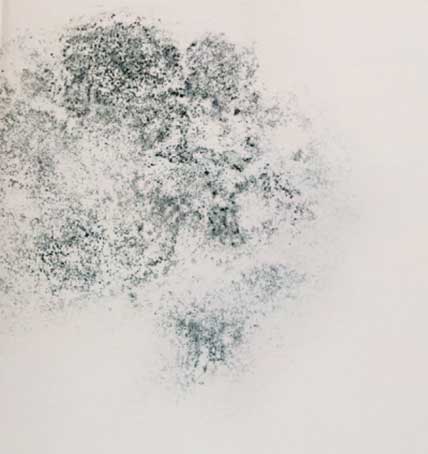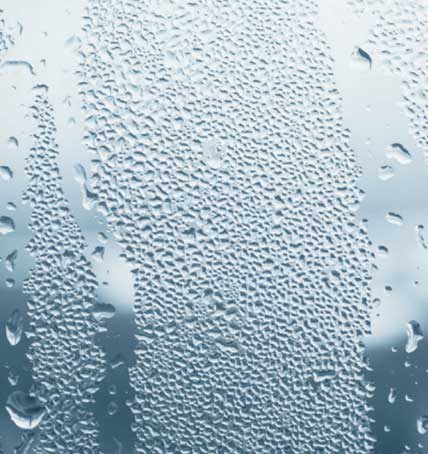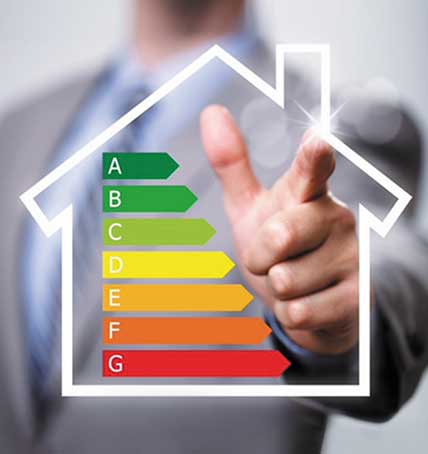CALL XCHANGE AIR NOW ON (02) 9427 8800
When the ground under your home is damp it releases moisture and mould spores into the sub-floor space. If this area is not sufficiently ventilated when you heat your home the spores that travel with the moisture are evaporated through the timber floors into your home. This heated moist air then drifts from the warmer rooms through your home to the colder rooms – usually your bedrooms. It then condensates back down causing the growth of mould on ceiling, walls and on your clothes in built-in wardrobes.
Human exposure to airborne fungal spores, hyphal fragments or metabolites can result in a variety of adverse health effects. Reactions to exposure include allergic and irritant responses, infectious diseases such as histoplasmosis, blastomycosis, and aspergillosis, a variety of respiratory diseases including asthma, allergic rhinitis, hypersensitivity pneumonitis and bronchial hyperactivity, acute toxicoses, SBS symptoms and cancer from exposure to mycotoxins. Exposure to fungal spores had been identified as statistically significant risk factors for respiratory health in children. The inhalation or fungal material, which is often small enough to penetrate deep into the lungs, may pose an even greater health risk than ingestion or dermal contact. However, the role of fungi in the development of disease and illness is not clear.
Normally, fungal exposure is mostly associated with hay fever, asthma and allergies. Spores or fragments of hyphae reach the respiratory tract and lungs, generating allergic reactions. The components of most fungi can be antigenic, and fungal spores are well known carriers of aeroallergens. This is due to the fact that the walls of all fungi contain proteins which are potential inducers of IgE-mediated allergy in atopic persons.
However, the literature on fungal allergens is confusing. Some studies suggest no relationship between fungi and allergy despite the general understanding to the contrary . This may be due to the fact that exposure to fungi does not always cause allergy, as allergy only develops in a sensitised individual.
Fungal allergens identified to date are glycoproteins and a single species of fungi can produce dozens of allergens. Individual species such as Alternaria species are suggested as the major allergen source associated with the development of childhood asthma.
Only a small group of fungi are considered human pathogens and very few species are considered primary systemic human pathogens. Most of the fungi that infect humans are opportunistic parasites, which grow more commonly as saprotrophs in soils, composts, bird excreta etc, but can infect through wounds or when airborne spores enter the lungs. Fortunately, fungal pathogens are rarely reported to be present in indoor air.
There is also persuasive evidence that exposure to fungi at work is responsible for many cases of illness. Mycotoxins, unlike fungal allergens, cause a wide range of chronic systemic effects in humans and will elicit toxic responses from virtually all individuals who are exposed. Exposure to mycotoxins in the indoor air is almost exclusively through inhalation of spores containing the toxins and gaseous forms released during metabolism. These toxins attack the bronchial and lung tissues, which are particularly sensitive to chemical insult, and the mucosa lining exhibits strong responses to fungal immuno-active agents. There are over 400 known mycotoxins and many fungal species that are common to indoor air produce such toxins, which could be responsible for a variety of health effects. However, few studies have established a causal relationship between mycotoxin exposure and building related illness. Other metabolites that are volatile can cause unpleasant odours, such as the characteristic mouldy smell in damp basements. Some of these VOCs are short chain alcohols or aldehydes or organic acids, which may be responsible for symptoms such as headaches, dizziness, and eye and mucous membrane irritation resulting from exposure to fungi in contaminated buildings.
Yes we are fully insured, with certificates of currency available upon request. We are also licenced with the Department of Fair Trading. Contract Licence # 182572C
Most systems can be installed within a day.
The improved ventilation will have an immediate effect.
De-humidifiers do not prevent excess moisture, they simply remove it from the air and usually in only one room. A xchange air system controls condensation throughout the entire home. A de-humidifier and a xchange air system cost about the same to operate.
The better the insulation the more sealed the home – condensation is trapped so often the problem is worse. Good ventilation is essential for a healthy home. Condensation can still form on the aluminium framing when the temperature drops.
No. Our home ventilation systems can be installed in the roof space, sub floor or internally in the home. There is no other positive air pressure system available in the Australian market that can currently do this.
Under the one how is our system different can it please read: Our system compared with other similar systems on the market works when on cooler nights when the temperature drops below a certain temperature because they have built in heaters, other systems will shut down and turn off, but our home ventilation system has a built in heater to temper the air so that cold air is not being introduced into the living spaces.
Our system compared with other similar systems on the market works when on cooler nights when the temperature drops below a certain temperature other systems will shut down and turn off, but our home ventilation system has a built in heater to temper the air so that cold air is not being introduced into the living spaces. Xchange Air’s Home Ventilation Systems and Sub Floor fan systems are the quietest in the market and leave your home at optimum health along with being extremely energy efficient. Our systems can also be installed into apartments, units and houses where no roof space is required.
Air conditioning, log burner etc does not get rid of condensation. Warm air holds more mositure than dry air and it also re-circulates the same air.



